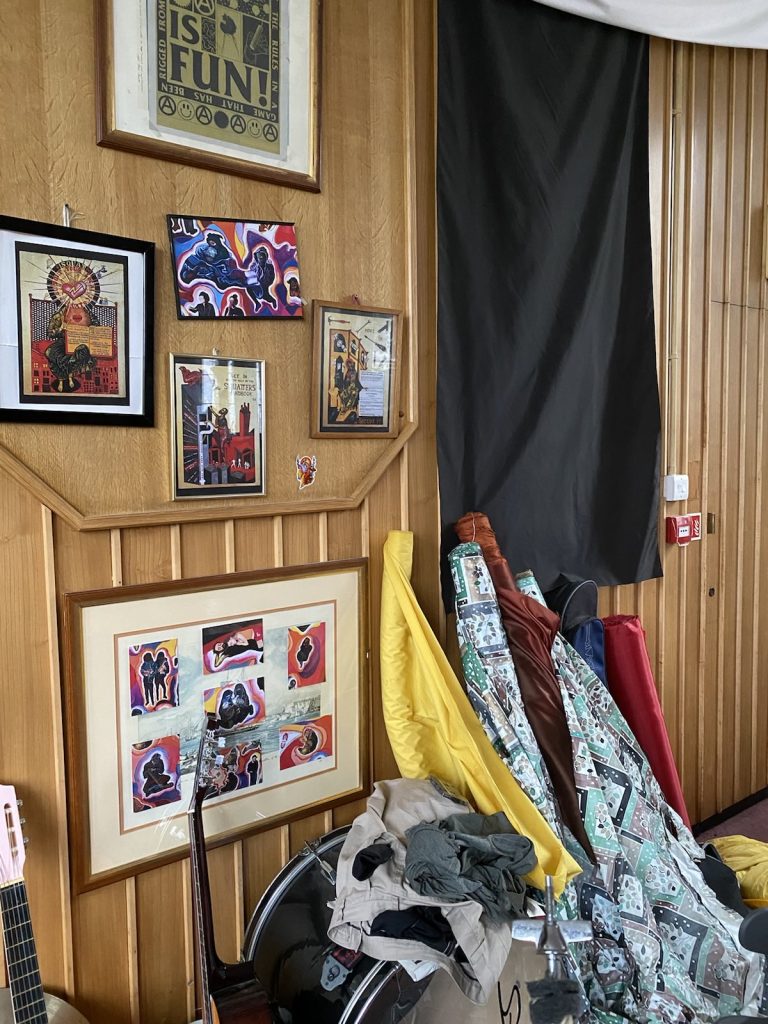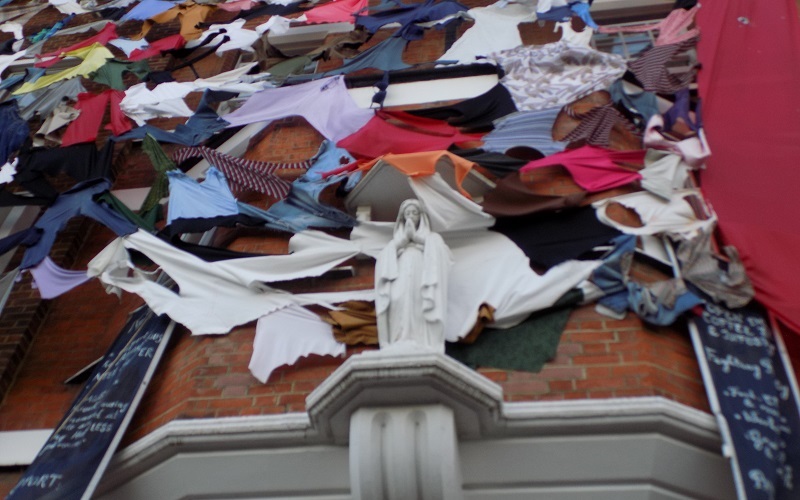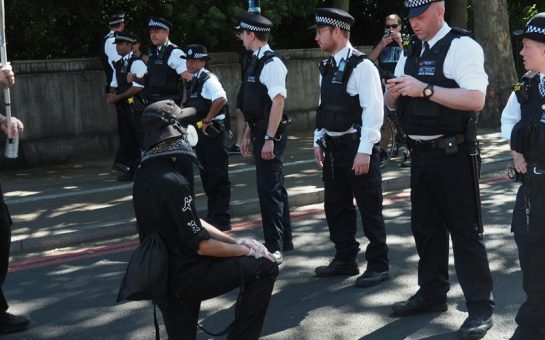Squatters who turned a disused convent into a homeless shelter in Shadwell were evicted Thursday morning, the Metropolitan Police confirmed.
Images and videos shared on Instagram showed police, including some with riot gear, surrounding the occupied Convent of Mercy at 88 Hardinge St, at approximately 10am.
The group – known as the Autonomous Shelter Network – were sent a letter on 30th April giving them 21 days to leave the building and threatening eviction or arrest.
Superintendent for Neighbourhoods in Central East, Andy Port, said: “Whilst we have sympathy for those who were using the premises, ultimately they have been acting outside the law in occupying the venue.
“We are aware of concerns raised both via social and mainstream media, particularly around the fact the address was being used as a homeless shelter and that police attendance appeared to be ‘heavy-handed’.
“We did not want it to come to the point where we have had to escort individuals from a premises but attempts to engage with the group had proved unsuccessful.”
Police confirmed 29 people were removed from the property, but no arrests were made.
Police also said one occupant fell ill at the scene and was given first aid by officers before being taken to hospital by ambulance – he has reportedly been discharged.
The police statement said: “As is routine in such circumstances, we will review any interaction police had with the man prior to him becoming ill.”
The Autonomous Shelter Network had formerly housed seven survivors of a fire in a council-run flat on Cornwall Street, Shadwell, on 5 March, which took the life of Mizanur Rahman, 41.
One resident, known as A, said: “It’s sad because the state can’t provide, and charities can’t provide, so we have these grass-roots movements that try to step in because otherwise they would be street homeless, and they have nowhere else to go.”
Tower Hamlets residents reported the second highest rate of overcrowding in England and Wales in 2021 Census data, coming only below Newham.
Three in ten Tower Hamlets residents reported a negative occupancy rating – the primary measure of overcrowding and an important indicator of regional housing deprivation, according to the Office of National Statistics.
Many of the residents were from poor or working-class immigrant or ethnic minority backgrounds – groups which disproportionately struggle with housing in Tower Hamlets.
All ethnic groups other than White British or White Irish reported higher rates of overcrowding in Tower Hamlets, the most extreme being among Black and Asian heritage residents.
Over one third of Black residents and almost half of Asian heritage residents in Tower Hamlets reported a negative occupancy rating.
One resident, known as G, had come to the UK after fleeing persecution in Russia and had struggled to find secure housing while battling with mental illness and insecure employment.
They said: “This place is amazing. It has such a strong and resilient community and I have made some really good friends here.
“It’s really important for me to have this place and it’s such a healing experience, to be honest.
“Renting in London is off the table. I have too many mental health issues and I have no job.
“Lots of people here either work in hospitality or they do freelance stuff like translations or graphic design, something to do with art or anything else that isn’t that profitable and that doesn’t give a stable income for housing, especially at the time of this horrible cost of living crisis.”

Some members argued that the eviction may have been unlawful under section 144 of the Legal Aid, Sentencing and Punishment of Offenders Act 2012 (the LAPSO Act.)
The Act says it is an offence to knowingly enter a building “designed or adapted, before the time of entry, for use as a place to live” without permission and with the intent to live there “for any period.”
A said: “Obviously this is a mixed-use building when it comes to squatting with the section 144.
“The precise legal nature of that is very vague, especially for this building where there is a residential component to it, but at the forefront it is a religious institution more than anything.
“It’s very unprecedented because usually you are supposed to take a legal avenue through court, and this is a peculiar case for squats because the police have decided that they have the power to enforce something that is in a legal grey area.”
A said the group sought legal advice from the Advisory Service For Squatters (ASS) and wanted to argue that the building was a mixed-use and declared not fit for residential purposes when the police finally arrived.
The police statement said officers were sent to the property a number of times but were refused entry.
A said the group responded to police through phone-calls and written communications.
The police said they had received a number of complaints from local residents about anti-social behaviour linked to the property.
The ASN ran a final “resistance party” on 20th May – the day before their eviction deadline – playing music, sharing food, and covering the building with a mural stitched from residents’ clothing.
Featured image: Asher Gibson





Join the discussion